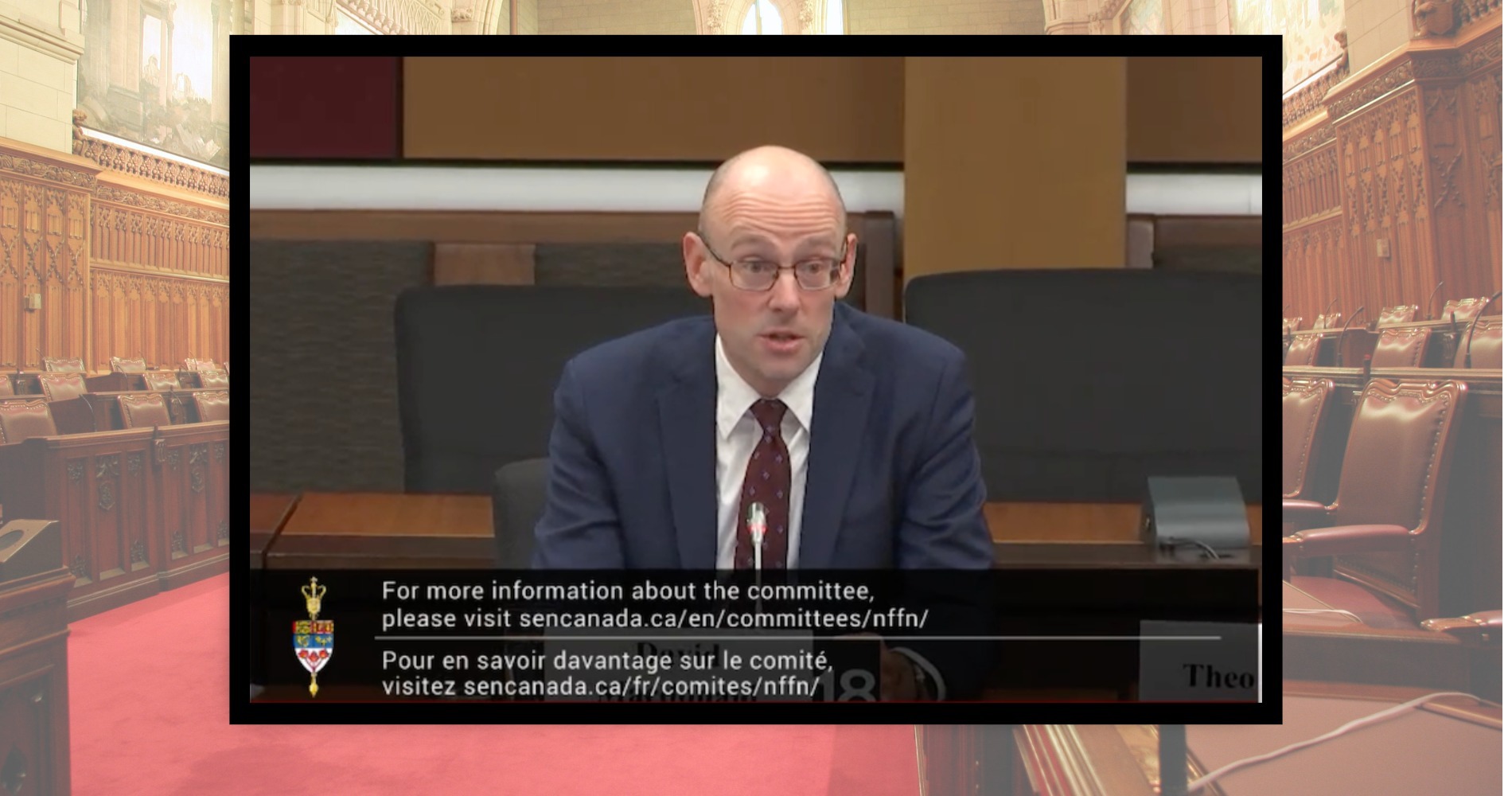University student food insecurity in Manitoba
For full citations and figures read PDF
A recent study conducted at the University of Manitoba (U of M) found that over 35 percent of students surveyed were food insecure. The pilot study, conducted in 2015/16, found that U of M undergraduate and graduate students were almost three times as food insecure as the general Canadian population, 12 percent of whom experience food insecurity (Tarasuk, Mitchell and Dachner 2014). Food insecurity exists when people are physically or economically unable to the access the variety or sufficient quantities of food that they need (Davis & Tarasuk, 1994; Tarasuk, Mitchell and Dachner, 2014).
Stereotypes surrounding the poor diets of young university students certainly exist in Canada, and have been solidified in popular culture (images of ramen noodles and other “college food” comes to mind). However, the severity of student food insecurity in Manitoba is alarming, and an issue deserving of university administrations’ and policy makers’ attention. The U of M’s situation is a symptom of a worrisome trend across the country. A recent report based on surveys conducted among students at five other Canadian university campuses reported an average rate of food insecurity of just under 40 percent (See Meal Exchange’s Hungry for Knowledge report, 2016). As student debt rises, and campus food banks increase, post-secondary students’ food insecurity is becoming an important part of national dialogue around food policy in Canada.
Similar to the the Canadian universities which found high rates of student food insecurity, the U of M study found low income, and greater financial responsibility to be the primary factors contributing to students’ food insecurity.
The study showed that students who lived independently (had moved out of their family’s home and did not live in student residence), paid rent or a mortgage, and had student debt (See Figure 1) were significantly more likely to be food insecure. Especially concerning, the study found Indigenous students to be significantly more likely to experience food insecurity, with a food insecurity rate of almost 75 percent (among survey participants who self-identified as Indigenous). This is comparable to rates found at other Canadian universities, and greater than national statistics, which rate Indigenous food insecurity between 25 percent-54 percent or higher, depending on the measure.
Notably, students who identified as newcomers to Canada or on exchange were also found to be at greater risk of insecurity, with rates of over 50 percent. As was noticed by survey participants, a contributing factor was the comparatively much higher price of tuition paid by international students (that according to the University of Manitoba website can up to 2.5 times the price of domestic students tuition for one six-credit hour science course).
Why are university students food insecure?
When asked what contributed the most to their food insecurity, students cited food costs, time constraints, tuition fees and housing costs. These findings mirror statistics reported by other Canadian campuses, which identify food and housing costs, and inadequate income supports (student loans or grant funds) as primary contributing factors to students’ food insecurity.
Students who live independently, and are therefore required to cover their own living and food expenses, likely face additional challenges finding the cash, and time, to accommodate buying and preparing meals. While students in Manitoba may pay comparably lower living expenses and tuition fees in relation to previous decades, and other provinces, students in Manitoba are still in more debt, and work significantly more hours than ever before. For example, in 2014 the average student debt in Canada was $28,295. According to a 2014 CCPA report, students in Manitoba are now required to work 366 hours per year in order to cover tuition costs, versus 183 hours in 1975.
How does food insecurity affect UofM students?
Overwhelmingly, students identified health as the area of their lives most significantly affected by their experiences with food insecurity (70 percent of food insecure students, as depicted in Figure 2).
In addition to students’ own responses, our study found a statistically significant relationship between poor mental and physical health, and food insecurity. While the state of mental health among post-secondary students in Canada is not necessarily a new concern, its ties to food insecurity could new light on an ongoing issue.
Secondary to impacts on health, well over a third of students claimed that food insecurity negatively affected their grades. This could be a consequence of diminishing mental or physical health (leading to worry, stress, frustration), or the result of having to work more to pay rent and food costs.
The majority of students at the U of M work in addition to attending classes, and among those who do, almost half identify that it negatively affects their grades.
“If I have to work more, then I take less courses, it’s that simple in my opinion.”
Post-secondary student food insecurity is a provincial issue
The high prevalence of food insecurity among the study participants and its impact on their health and academic success has implications for policy makers in Manitoba. Student food insecurity resulting from stress and increased indebtedness has the potential to impact public health and the province’s future economic success.
Several survey participants also highlighted the low quality and expensive food options available to them on campus (largely provided by a long-term corporate food provider). Students would likely benefit from improved access to cheaper and more nutritious food options on campus, particularly when taking into account the South Campus isolation from alternative food purchasing options. The new provincial government has now introduced legislation that removes the provincial cap on tuition fees in Manitoba and permits unlimited increases in ancillary fees as well. The University of Manitoba has responded by announcing it plans to increase tuition by 5 percent in addition to the 1.3 percent Consumer Price Index (University of Manitoba 2017).
Although students living in Manitoba enjoy the third-lowest tuition fees nation-wide, our study indicates that food costs, housing costs, and tuition fees are among the key factors leading to food insecurity. Should the provincial governments allow tuition fees to rise, the well-being of Manitoba’s post-secondary students could be at further serious risk.
Furthermore, given that housing costs were identified by students as a barrier to their food security, recent reports criticizing the lack of student housing option surrounding the U of M’s Fort Garry campus (See Hamilton-Pattison, 2017), are relevant to this discussion. Action on the part of the U of M’s administration could help to ensure better quality, and more affordable housing options are available to students who are looking to pay lower living and transportation costs.


